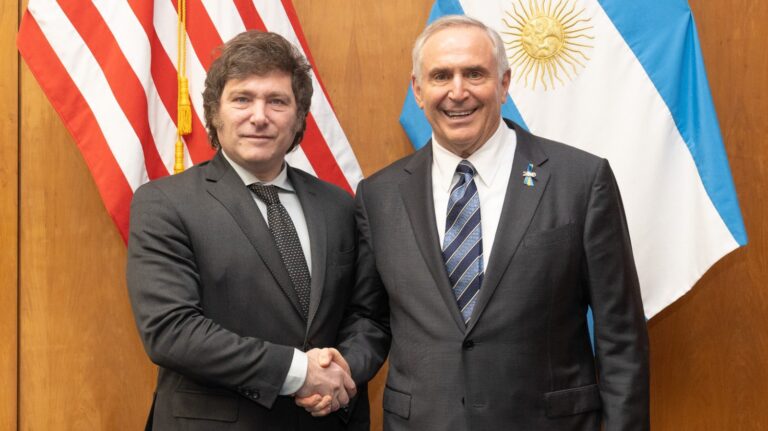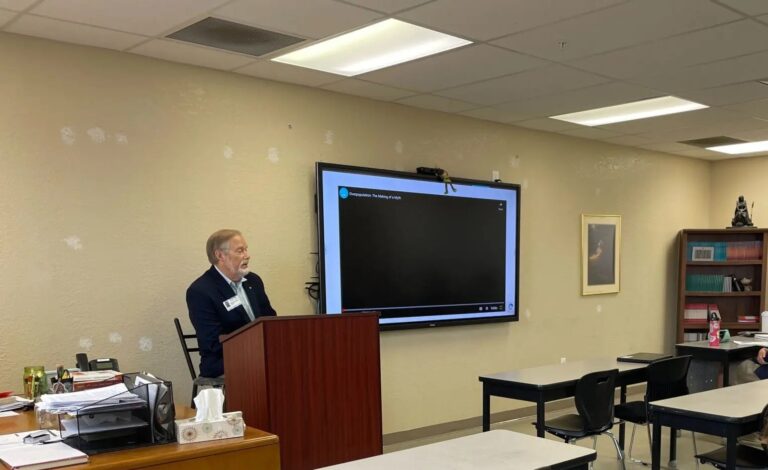Contraceptive patches?
The Population Council, the organization responsible for bringing Norplant to the world and RU-486, the so-called abortion pill, to the United States, has agreed to allow a mid-sized pharmaceutical firm to begin developing contraceptive patches for men and women.
The Population Council agreed to grant the Sano Corporation, a mid-sized pharmaceutical company based in Florida, exclusive license to develop and market the Council’s “novel” progestin, Nesterone, in a transdermal patch. Sano has announced that it will submit new Investigational New Drug (IND) applications to the US Food and Drug Administration for Nesterone patches as part of a hormone replacement therapy and as female contraception.
In return for permission to develop and market the patches, Sano has agreed to pay the Council an undisclosed up-front licensing fee and royalty.
The deal also allows Sano the option to develop a similar patch for men. The male patch will deliver small doses of a “synthetic androgen 10 times more potent than testosterone” through the skin. (PR Newswire and interviews, “Leading developer of controlled release pharmaceuticals broadens its presence in the hormone replacement market,” 10 July).
A more effective abortifacient?
A pilot study has suggested that Amisoprestol may be a more efficient abortifacient when introduced vaginally than orally. According to a pilot study published in the Journal of Obstetrics and Gynecology, 800-gram doses of misoprestol, given vaginally, would abort an unborn child more effectively than the current, common, 400-gram dose. Researchers gave 400 grams of misoprestol, orally, to twelve women while eight received 800 grams vaginally. Only three of the twelve women who received oral misoprestol had “successful medical resolution of their pregnancy,” while seven of the eight women who received the higher dose vaginally did so.
Whether they received the drug orally or vaginally did not seem to markedly affect the women’s experience of side effects. The majority of the twenty experienced negative side effects from the treatment: 56.5% of the women experienced nausea, 19% vomiting and 40% diarrhea. (OB/GYN Clinical Alert, “‘Misoprestol for medical evacuation of early pregnancy failure,” July 1991)
Female condoms, less than $1
Population control groups around the world will have access to the so-called “female condom” at less than one dollar per item, according to the UN’s Program against AIDS (UNAIDS). The organization announced a deal with the condom’s manufacturer, the Female Health Company of Chicago, Illinois, which would allow the condoms into the developing world at less than half their market price. Reportedly, 10 countries in the developing world have already placed orders for the condom, while about 30 more are reportedly thinking about it.
Strong sales in the developing world may be needed to save the company’s future. According to the Sex Weekly newsletter, the company only managed to sell 6 million of the condoms in the entire industrialized world last year, but company officials expect sales of 7 million in the developing world next year and 12 million the following year, most undoubtedly subsidized sales.
Part of the condom’s low sales might have something to do with its lack of effectiveness as a barrier contraceptive and its “cumbersome” appearance. One study found that 25% of women using the device became pregnant within a year and one reviewer said the device resembled more a “contraption from the Middle Ages” than a “high-tech” form of contraception. (Sex Weekly, “UNAIDS promotes female condoms in developing countries” 7 August.)
Contraceptive vaccine proceedings
The Women’s Global Network for Reproductive Rights (WGNRR) attacks the population control mentality and the development of contraceptive vaccines from a feminist point of view.
Although the organization approaches the question from a significantly different perspective from the Institute’s, the proceedings from their 1995 conference on the international effort to develop contraceptive vaccines are a valuable resource in the fight.
Copies may be obtained from WGNRR, NZ Voorburgwal 32, 1012 RZ Amsterdam, the Netherlands.










